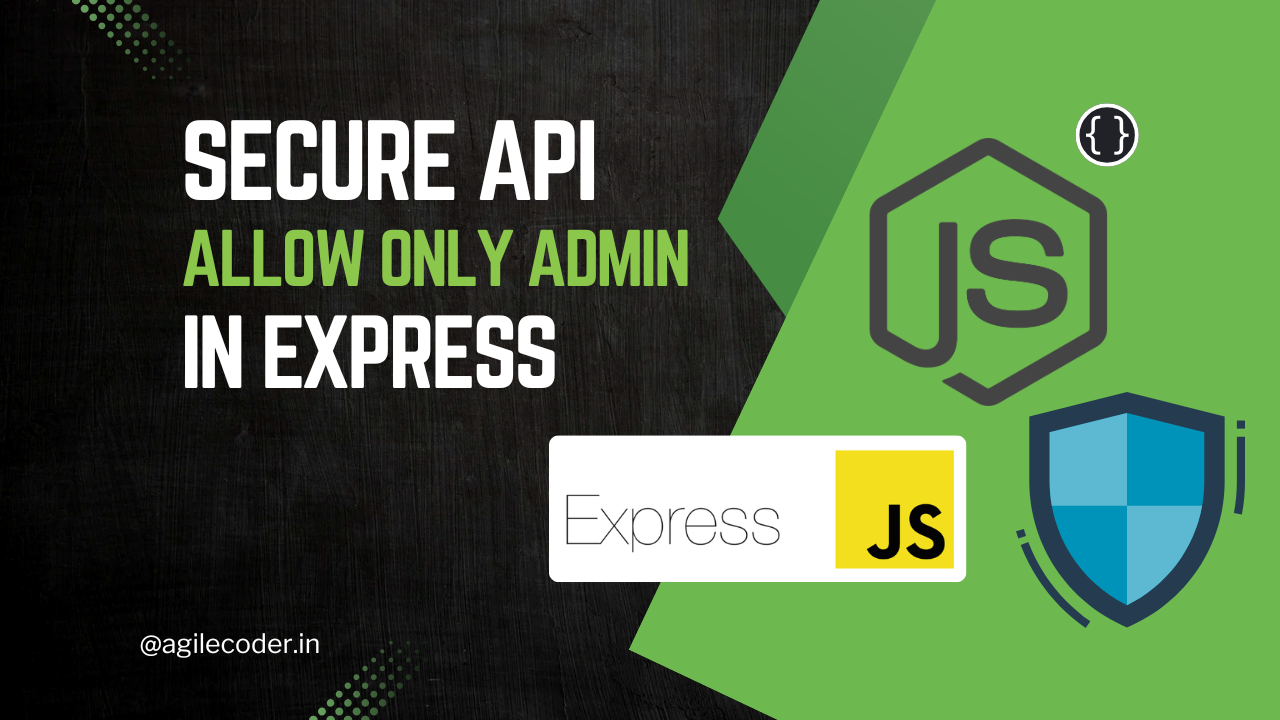Why you shouldn't use Create React App in 2024!
With Create React App (CRA) deprecated, it’s time to explore modern alternatives for React projects. This post examines CRA's limitations and introduces faster, more efficient tools like Vite, Next.js, and Remix that enhance performance, optimize builds, and improve the development experience.

Create React App (CRA) has been a popular choice for bootstrapping React applications for several years. It provides a solid starting point with sensible defaults and a straightforward setup process. However, as we move further into 2024, there are several compelling reasons to consider alternatives to CRA. In this blog post, we'll explore why CRA might not be the best choice for new projects this year and what modern alternatives offer.
The Evolving React Ecosystem
The React ecosystem is constantly evolving, with new tools and best practices emerging all the time. While CRA served its purpose well for many years, newer tools have emerged that address its limitations and offer enhanced performance, features, and flexibility.
CRA is deprecated as of 2023 and is no longer being maintained. This makes it imperative to explore and adopt modern alternatives to keep up with the advancements in the React ecosystem.
Before moving into the alternatives and newer tools, let's discuss the limitations of CRA at the moment. This will help us to realize the betterment of other tools. Following are some of the limitations of CRA
- Performance and Build Times
One of the significant drawbacks of CRA is its relatively slow build times, especially for large applications. CRA uses Webpack under the hood, which, while powerful, can become cumbersome as your application grows. Newer tools like Vite and Snowpack leverage more modern bundling techniques, resulting in faster build times and a more responsive development experience. - Bundle Size and Optimization
CRA's default configuration doesn't always optimize bundle sizes effectively. While CRA does include basic optimizations, it often requires additional configuration or plugins to achieve optimal results. Modern tools like Next.js and Remix offer built-in support for advanced optimization techniques, such as automatic code splitting and server-side rendering, leading to more efficient bundle sizes and faster load times. - Development Experience
The development experience with CRA can sometimes be less streamlined compared to newer tools. Features like hot module replacement (HMR) can be slower, and debugging issues may require additional configuration. Tools like Vite provide a more seamless experience with faster HMR and improved debugging capabilities.
With that said let's talk about what is the alternative to CRA for setting up a react project.

Vite is probably the best alternative to CRA at the moment. Vite has gained popularity for its speed and simplicity. It uses native ES modules and a modern build pipeline to deliver faster development and build times. With Vite, you get an out-of-the-box development server with near-instant hot module replacement, making it a strong candidate for new projects.
Vite not only is powerful for bootstrapping a React project, it is also used for many other technologies as well.

We can start a Vite project using the command below
npm create vite@latest
This will guide you through interactive prompts. You can choose the application type with whether to use Typescript or not as well.

This will generate the template for you with all the setup needed to run the application. Then you can simply install the dependencies.
npm install
And then run the application like this
npm run dev
Additionally, Vite comes with its config file, vite.config.js, which might require reading the documentation to configure things such as environment variables, build options, and image options.
In continuation to this, you can also explore the frameworks that are recently trending. Frameworks provide suits of tools and constraints to make the development process easier and more manageable.
1. Next.js
Next.js is a powerful framework that extends React with features like server-side rendering (SSR) and static site generation (SSG). It provides a robust set of tools for building SEO-friendly, performant web applications. If you're building a more complex application or need server-side capabilities, Next.js might be the right choice.
2. Remix
Remix is another emerging framework that focuses on providing a better developer experience and improved performance. It emphasizes data fetching and routing, offering features like nested routes and automatic data prefetching. Remix can be a great option if you want to leverage modern web standards and improve the scalability of your applications.
In my opinion, if you are not willing for a framework Vite should be your default tool to bootstrap a react project.
Before starting your next project, consider evaluating these modern tools to see how they align with your needs and goals. The React ecosystem continues to grow, and staying up-to-date with the latest tools can help you build better applications and stay ahead in the ever-changing landscape of web development.
That's it for today, hope you find it useful. Stay subscribed to get the latest updates



 LinkedIn
LinkedIn



